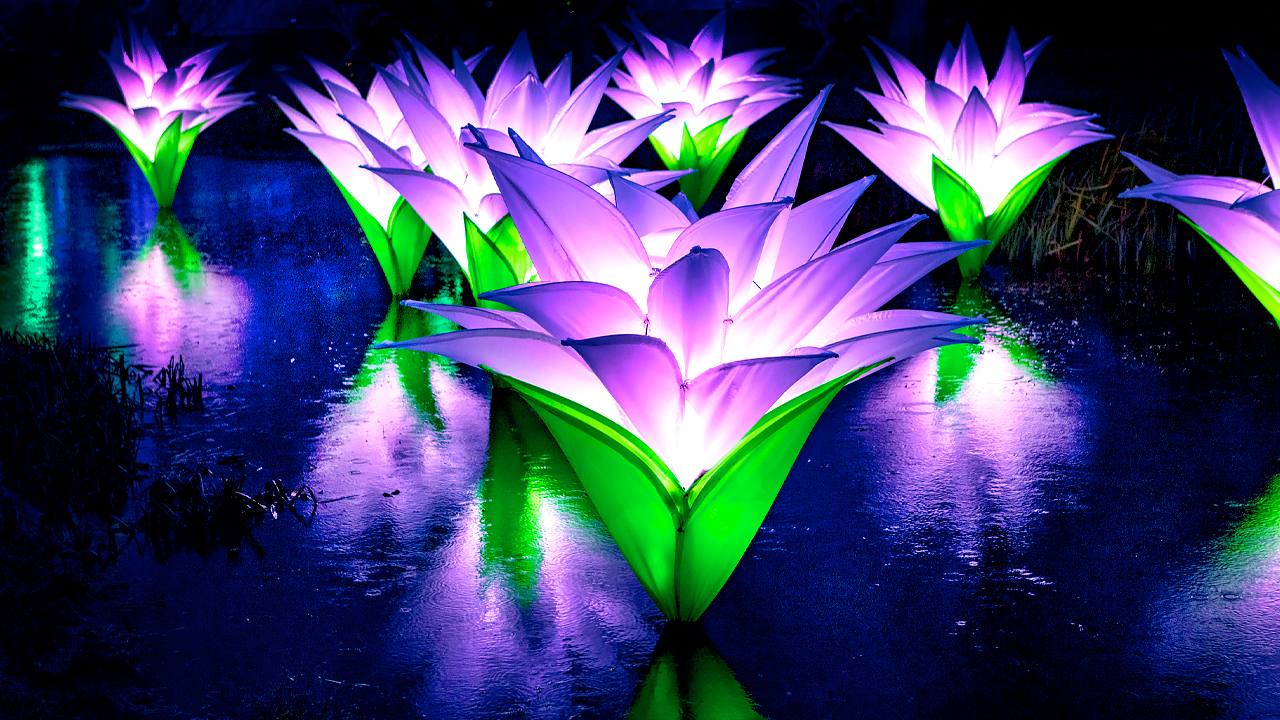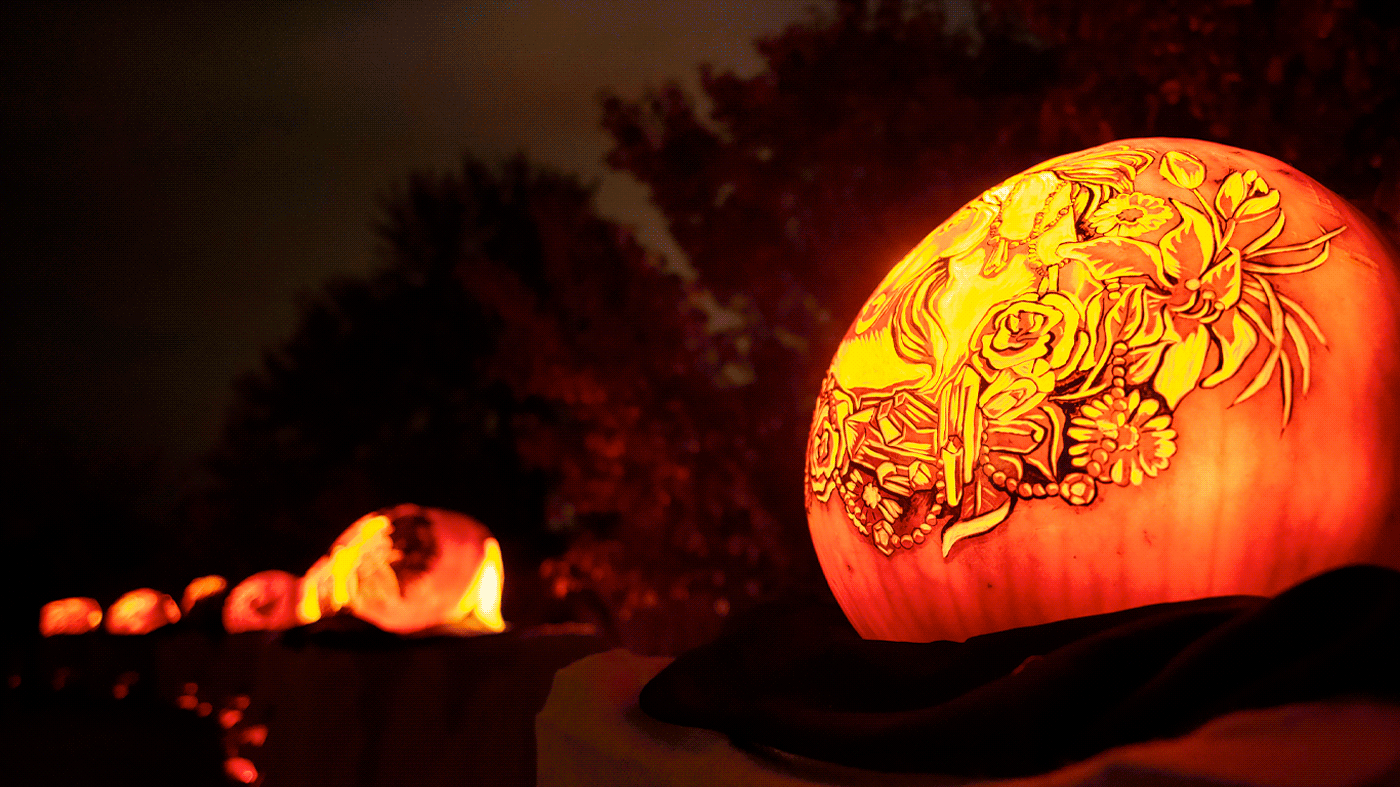
(Photo courtesy of Chicago Botanic Garden Lightscape)
It may seem almost overwhelming when considering all the festivals in the Chicago area this Thanksgiving holiday weekend so here are just a few to consider.
Magnificent Mile Light Festival
The main feature is The Parade led by Disney’s ® Mickie and Minnie Mouse that starts at 5:30 p.m. but you might want to go earlier for events along North Michigan Avenue known as the Magnificent Mile. The Parade starts at the north end at Oak Street and ends south at the Chicago River.
However, the festivities go from 11 a.m. to 4 p.m. at the south end of the Mag Mile in Pioneer Court next to the former Chicago Tribune building. They include photos with Santa, cheesecake decorating with Eli’s Cheesecake, free coffee samples and MUNCHKINS® Donut Hole Treats and DJ’s on stage.
Look for a good parade viewing spot early to see the floats, celebrities and bands and watch Mickey and Minnie turn on the million lights as they proceed up the Avenue. Overhead will be Muppet balloons, including a 60-foot-tall Santa Kermit The Frog .
Chicago Botanic Garden Lightscape
Stroll on a set path around fields, plots and waterways accompanied by music and refigured by colored lights. As good as it was last year and the year before, the 2024 Lightscape is almost beyond imagination.
Stop along the way for a snack or go into the Education Building half way around to rest and eat because more amazing patches of illumination still lie ahead.
Lightscape is Nov 15 through Jan 5, 2025. The Garden is at 1000 Lake Cook Rd, Glencoe, IL 60022. For tickets and more information visit Lightscape or call (847) 835-6801.
Go over to Millennium Park east of Michigan Avenue just south of Washington Street for Chicago’s annual Christmas Tree lighting November 22. The tree will be up through January 8, 2025 but on this Friday, there will be entertainment at 5 p.m. and a ceremony begins at 6 p.m. followed by fireworks. Enter through the south Promenade on Monroe Street or Randolph Street.
Take public transportation because Street closures begin at 10:00 a.m. on November 22 for Washington from Wabash to Michigan, Madison from Wabash to Michigan,Michigan Avenue from Randolph to Monroe and Garland Court from Randolph to Monroe. They end at midnight.
Jodie Jacobs






